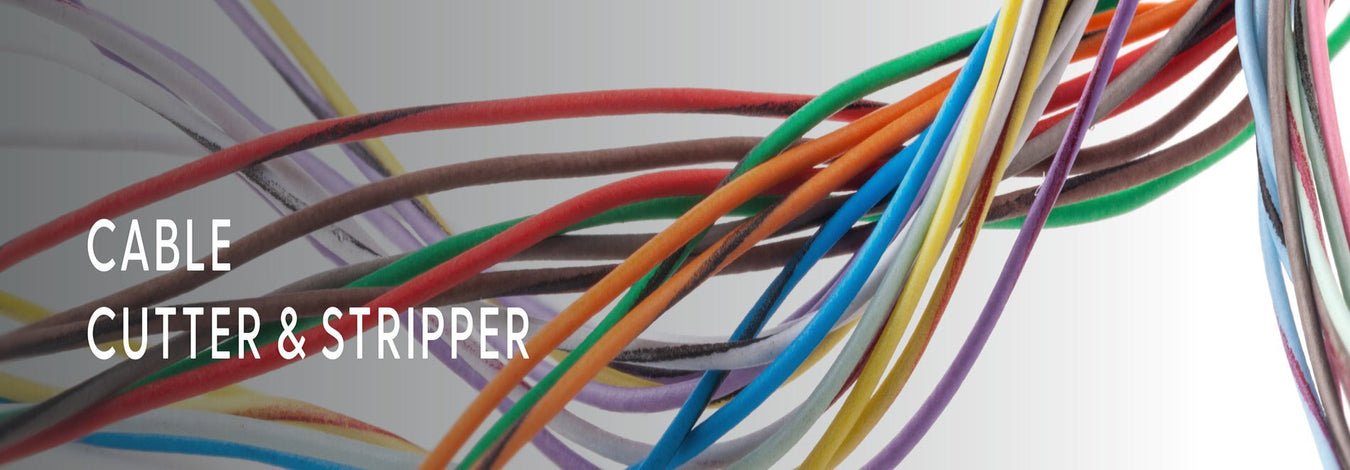
Can I Use Pliers to Crimp?
When undertaking electrical-related professional or DIY projects, making reliable connections is essential. However, the tools you use determine the quality of the crimp joint you create. Some people will use their typical pliers to crimp connectors, while others will opt to use hand crimping tools.
Should you use pliers to make crimp connections? While you can use traditional pliers to crimp, you don’t make quality and reliable crimp connections. To start with, a plier is not designed for crimping. Second, the teeth on pliers only create a point of contact on two sides of the wire, thus hindering electrical conductance between the terminal connector and wire. Thirdly, regular pliers won’t crimp a terminal connector properly; they will easily squash/distort it to an oval shape. Lastly, a typical plier cannot crimp insulated connectors.
From the above brief explanation, it’s clear that you should use a proper tool to make crimp connections. For this reason, let’s explore the advantages of using a handheld crimper compared to pliers for crimping.
Why You Should Use a Hand Crimper Instead of a Plier for Crimping
1. Precision in crimping
Handheld crimpers are mainly designed for crimping applications; therefore, you get consistent, tight, and accurate crimps. The part is that you can get handheld crimpers for crimping different types of connectors, which further enhances accuracy in crimping. For instance, a tool like the iCrimp IWS-38 Crimper can precisely crimp non-insulated 8 to 2 AWG terminals/connectors for auto electrical wiring. At the same time, the iCrimp SN-11011 Ratchet Wire Crimper works well with 20-14 AWG non-insulated tabs and receptacles.
On the other hand, a pair of pliers can hardly give the same level of precision and consistency because they’re specifically designed for gripping objects firmly and not crimping.
2. Easy to crimp
Ideal hand crimping tools are designed ergonomically with handles that allow comfortable grips when crimping. They also feature a ratcheting mechanism that ensures consistent pressure throughout each crimping cycle. Besides, this particular mechanism makes crimping less tiring. Lastly, the jaws of hand crimpers are designed with the right tooth for crimping, and all you need to do is align connectors properly and crimp.
While some modern pliers may feature a similar design to most handheld crimpers, it will be tiresome and straining if you try crimping with them.
Read more: Ultimate Guide on How to Use a Crimping Tool
3. Versatility
As outlined above, various hand crimping tools are designed to work with specific connectors in different applications. That’s not all because you can easily find hand crimpers with interchangeable dies/jaws, allowing a user to crimp connectors of various types and sizes using a single crimping tool. For instance, the iCrimp IWS-30J Wire Crimping Kit features five interchangeable dies that support crimping of insulated and non-insulated terminals, and the iCrimp SN-2549 Crimping Tool comes with replaceable SN Series jaws for different sizes.
Looking at the pliers, it’s a versatile tool as well, but not when it comes to crimping, therefore making it less suitable to use.
Read more: 5 Features of Good Crimping Tools
4. Compliance with industry standards
When it comes to handling plumbing and electrical work for residential and commercial properties, specific standards should be met depending on the jurisdiction. For this reason, you’ll find that genuine terminals come with recommendations of the right tools to use when crimping. Often, you’ll be recommended to use a crimping tool with a jaw matching the terminal’s gauge to maintain compliance.
Suppose you use pliers; you may not meet the set standards for your crimp connections.
Final Thought
Pliers are general-purpose tools mainly meant for gripping items and are not specialized for crimping terminals/connectors. Therefore, using it to crimp may not give you proper crimp connections. In some cases, pliers may crush your terminals. Besides, using pliers to crimp can be tiresome and time-consuming.
Therefore, using a hand crimping tool is much safer and more practical. It helps you make accurate crimp joints that easily meet industry standards. Above all, hand crimpers are affordable, and some feature interchangeable dies/jaws, making them quite versatile. Are you looking forward to adding a reliable yet affordable hand crimping tool to your tool kit? iCrimp is your go-to platform for hand crimping tools.
References





